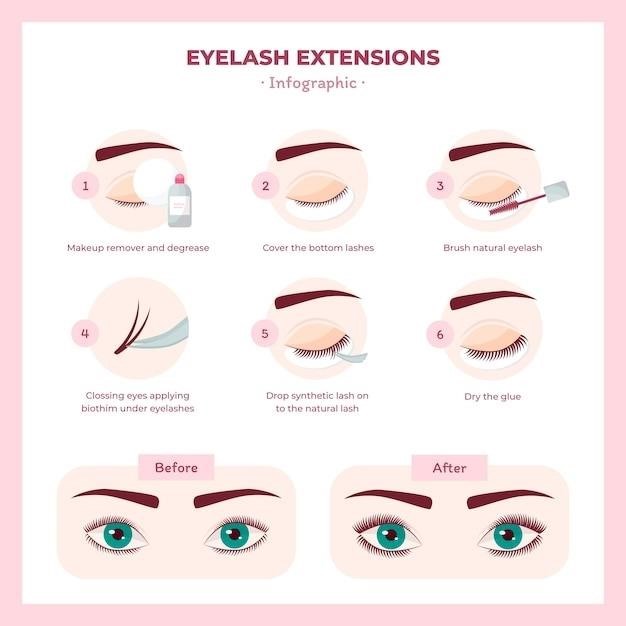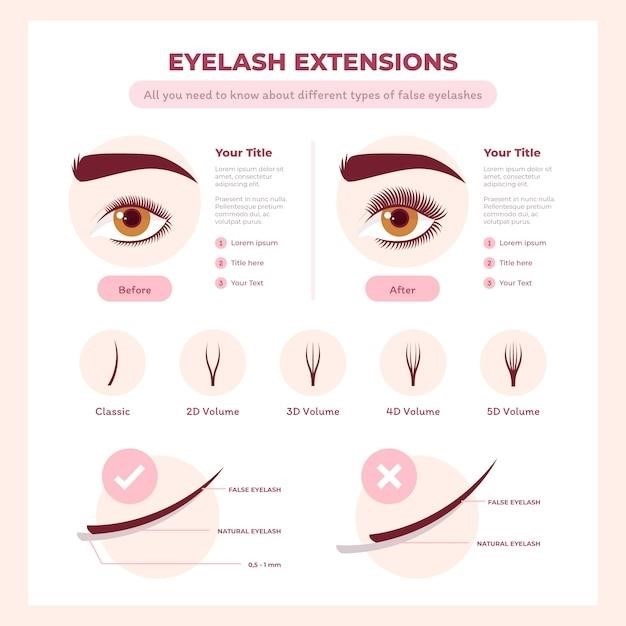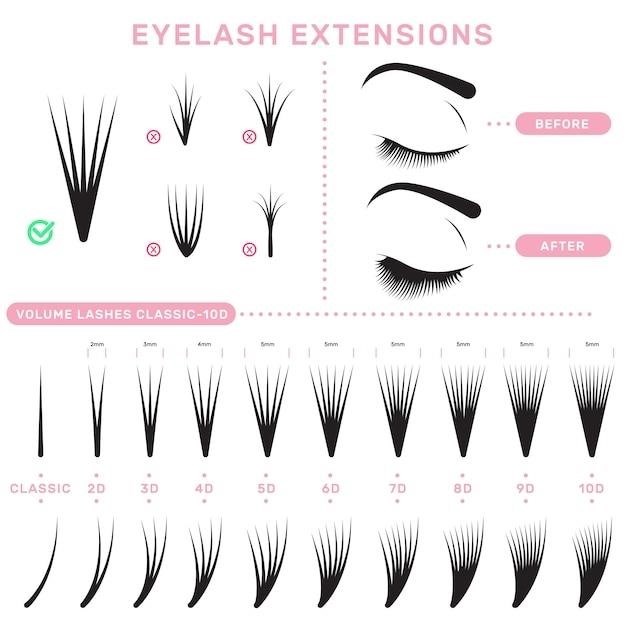Singer 7285Q Patchwork Sewing Machine Manual⁚ A Comprehensive Guide
This guide provides complete instructions for your Singer 7285Q. Learn setup, threading, stitch selection, maintenance, troubleshooting common errors like code C4 and bobbin issues, and utilizing accessories. Master advanced techniques for quilting and patchwork projects. Find additional resources online.
Accessing the Singer 7285Q Manual
Locating your Singer 7285Q Patchwork sewing machine manual is crucial for understanding its features and troubleshooting problems. If you purchased your machine new, the manual should have been included in the box. Check the packaging materials thoroughly; it may be tucked inside a separate compartment or wrapped separately. If you can’t find a physical copy, online resources are readily available. Singer’s official website often hosts downloadable manuals for their various sewing machine models, including the 7285Q. Search their support section or use the model number in the search bar. Many third-party websites also offer downloadable manuals, but always verify the source’s legitimacy to ensure the accuracy and safety of the downloaded document. If you bought your machine secondhand, inquire with the seller if they have a copy of the manual to provide. Online forums and communities dedicated to Singer sewing machines can be a helpful resource if you are still struggling to find the manual. Members often share their manuals or point to reliable online sources.
Troubleshooting Common Issues⁚ Error Codes and Solutions
The Singer 7285Q, while reliable, can occasionally display error codes. Understanding these codes is key to quick troubleshooting. A common issue is error code C4, which often indicates a machine malfunction requiring professional attention. Refer to your manual’s troubleshooting section for specific guidance on this and other codes. If your manual doesn’t list the code, searching online forums or contacting Singer customer support directly is recommended. Beyond error codes, common problems include bobbin issues like thread jams or inconsistent stitching. The manual provides steps for properly winding and inserting the bobbin, and resolving these problems. Needle-related issues, such as broken needles or incorrect needle type for the fabric, can also cause problems. Always ensure you are using the correct needle for your chosen fabric type, and replace bent or damaged needles promptly. Simple issues like improper threading can also cause malfunctions. Carefully review the threading diagram in your manual; incorrect threading is a frequent cause of sewing machine problems that can be easily solved by reviewing your manual’s clear instructions.
Understanding the Machine’s Features⁚ Stitch Selection and Functionality
The Singer 7285Q boasts a wide array of stitch options, ideal for various sewing projects. Its 203 built-in stitches provide versatility for quilting, patchwork, and general sewing tasks. The manual details each stitch type, including its purpose and ideal applications. Understanding the stitch selection dial and its corresponding stitch chart is crucial for efficient use. The machine also features adjustable stitch length and width, allowing for customization based on fabric type and project requirements. Utilize the manual’s detailed explanations to understand the functionality of each setting. Beyond basic stitches, the 7285Q often includes specialized stitches for quilting, such as walking foot stitches for even feed, and decorative stitches for embellishments. Mastering these features will unlock the machine’s full potential. The manual provides detailed instructions and diagrams for utilizing the various stitch types and adjusting the settings to achieve optimal results. Don’t hesitate to experiment with different stitch settings and fabrics to gain a comprehensive understanding of your machine’s capabilities. Learning to use all the features will significantly enhance your sewing experience and project outcomes.
Maintaining Your Singer 7285Q⁚ Cleaning and Maintenance Tips
Regular cleaning and maintenance are essential to prolong the life of your Singer 7285Q sewing machine and ensure optimal performance. The manual provides detailed instructions on how to clean the machine’s various components, including the bobbin area, feed dogs, and presser foot. Regularly remove lint and dust buildup using a soft brush or compressed air. Pay particular attention to areas where thread may accumulate, such as around the needle plate and shuttle race. Lubrication is crucial; refer to the manual for recommended lubricant types and application points. Proper lubrication minimizes friction and prevents wear and tear on internal moving parts. The manual may also suggest a schedule for more thorough cleanings and inspections, such as cleaning the hook assembly or replacing worn parts. Follow these instructions to maintain the machine’s efficiency. Neglecting regular cleaning and maintenance can lead to malfunctions, skipped stitches, and ultimately, costly repairs. A well-maintained machine will function smoothly and accurately for years to come. Investing time in proper care is an investment in the longevity and reliability of your Singer 7285Q.
Utilizing Accessories⁚ Presser Feet and Attachments
Your Singer 7285Q comes equipped with a variety of presser feet and attachments designed to enhance your sewing experience and expand your creative possibilities. The included accessories, such as the satin stitch foot, overcast foot, embroidery foot, and even feed walking foot, are specifically tailored for quilting and patchwork projects. The manual provides detailed instructions on how to attach and utilize each foot, explaining its specific function and optimal application for different fabrics and stitch types. For example, the even feed walking foot ensures consistent fabric feeding, essential for precise quilting. The satin stitch foot creates beautiful decorative stitches, and the embroidery foot allows for detailed embroidery work. Understanding the purpose and use of each foot is critical to achieving professional-looking results. Beyond the included attachments, Singer offers a wide range of additional presser feet and accessories compatible with the 7285Q. Exploring these options can further enhance your sewing capabilities and allow you to tackle even more complex projects. Consult the manual and Singer’s website for a complete list of compatible accessories and detailed instructions on their usage.
Setting up Your Machine⁚ Initial Setup and Threading
Before embarking on your first sewing project, carefully read the Singer 7285Q manual’s setup instructions. Begin by unpacking the machine and inspecting all components. Ensure the machine is placed on a stable, flat surface. Familiarize yourself with the machine’s various parts, including the handwheel, stitch selector dial, tension knobs, and presser foot lever. The manual provides clear diagrams and step-by-step instructions for threading the machine correctly, both the upper and lower threads. Proper threading is crucial for smooth operation and prevents skipped stitches or thread breakage. Pay close attention to the diagrams showing the correct path for the thread through the tension discs and take-up lever. The manual also explains how to wind a bobbin, a vital step in preparing the machine for sewing. Ensure the bobbin is correctly inserted into the bobbin case and properly seated in the machine. After threading and bobbin insertion, test the machine with a scrap piece of fabric to confirm the setup is correct and the machine is sewing smoothly. Refer to the troubleshooting section of the manual if you encounter any problems during the initial setup or threading process.
Working with Different Fabrics⁚ Tips and Techniques
The Singer 7285Q’s versatility extends to a wide range of fabrics. However, each fabric type requires specific needle and stitch adjustments for optimal results. Your manual provides guidance on selecting the appropriate needle size and type for various fabrics, from lightweight silks and rayons to heavier denim and canvas. It emphasizes the importance of matching the needle to the fabric’s weight and type to prevent breakage or skipped stitches. For delicate fabrics like silk or chiffon, use a fine needle and a slower sewing speed. Heavier fabrics like denim or canvas may require a heavier needle and a slightly higher sewing speed. The manual also details adjusting the presser foot pressure for different fabric weights; lighter fabrics may need less pressure to avoid puckering, while heavier fabrics require more pressure for even feed. The type of stitch used also impacts the outcome, with some stitches being better suited for specific fabric types. Consult the stitch selection guide in your manual for recommendations tailored to different materials. Properly adjusting the stitch length and width can significantly enhance the final product’s appearance and durability. Remember that practice makes perfect; experimentation with different fabrics, needles, and settings will refine your technique.
Advanced Techniques⁚ Quilting and Patchwork Projects
The Singer 7285Q excels in quilting and patchwork projects, offering features specifically designed for these techniques. The manual details how to utilize the machine’s even feed foot for precise seam alignment and consistent stitching, crucial for creating accurate patchwork blocks. It explains the importance of pre-pressing fabric pieces before assembling them to prevent puckering and ensure smooth seams. Detailed instructions are provided on various quilting techniques, including free-motion quilting, which allows for creative designs and customized stitch patterns. The manual guides users on selecting appropriate stitches and thread types for quilting projects, emphasizing the use of quality thread for durability. It also covers techniques for piecing together patchwork blocks accurately, using a ¼ inch seam allowance for precise alignment. Tips for managing fabric layers during quilting are provided, including techniques for preventing the layers from shifting during stitching. The manual also details the use of the extension table to increase the sewing surface area, accommodating larger quilting projects and providing better support for fabric manipulation. Instructions on using different presser feet for various quilting tasks are included, enhancing control and accuracy. The guide encourages experimentation with different stitch patterns and densities for varying levels of quilting texture and design. Mastering these advanced techniques, as outlined in the manual, will elevate your quilting and patchwork projects to a professional level.
Troubleshooting Bobbin Issues⁚ Common Problems and Solutions
The Singer 7285Q manual addresses common bobbin-related problems, offering solutions to ensure smooth sewing. A frequent issue is the bobbin thread becoming tangled or knotted, often due to improper winding or insertion. The manual provides step-by-step instructions on correctly winding the bobbin, emphasizing consistent tension and avoiding overfilling. It also details the proper method for inserting the bobbin into the bobbin case, highlighting the importance of correct orientation to prevent thread jams. Another common problem is the bobbin thread not feeding correctly, resulting in skipped stitches or uneven stitching. The manual explains how to adjust the bobbin tension, usually involving a small screw on the bobbin case, and provides visual aids to guide users through the process. It addresses issues related to the bobbin case itself, such as damage or misalignment. The manual instructs users on how to inspect the bobbin case for any signs of damage or wear, suggesting replacement if necessary. It also provides guidance on cleaning the bobbin area, which can become clogged with lint and dust, affecting bobbin movement. The manual emphasizes the importance of using the correct type and size of bobbin for the machine to avoid compatibility issues. Finally, it advises on troubleshooting error codes related to the bobbin system, offering detailed explanations and solutions for specific error messages. By following the manual’s troubleshooting steps, users can effectively resolve most bobbin-related issues and maintain consistent sewing performance.
Finding Additional Resources⁚ Online Support and Communities
Beyond the Singer 7285Q’s printed manual, a wealth of online resources provides supplementary support and troubleshooting assistance. Singer’s official website offers downloadable PDFs of the instruction manual, ensuring easy access to the complete guide. Furthermore, the site often features FAQs, video tutorials, and online forums where users can ask questions and share experiences. These platforms facilitate interaction with Singer representatives and other users, fostering a collaborative problem-solving environment. Numerous independent websites and blogs dedicated to sewing machines offer tips, tricks, and advice specifically for the Singer 7285Q. These resources may include detailed reviews, user experiences, and solutions to uncommon problems not explicitly addressed in the official manual. Online communities, such as sewing forums and social media groups, provide valuable platforms for connecting with experienced sewers. These communities serve as a vast knowledge base, offering peer-to-peer support and guidance. Users can post questions, share projects, and receive advice from a diverse group of individuals with varying levels of sewing expertise. Searching online for specific error codes or troubleshooting steps related to the 7285Q often yields helpful results, including YouTube videos demonstrating practical solutions. By leveraging these various online resources, owners of the Singer 7285Q can expand their understanding of the machine’s capabilities and effectively address any challenges encountered during use.
Determining Your Machine’s Age⁚ Identifying Serial Numbers and Manufacturing Dates
Establishing the age of your Singer 7285Q sewing machine is crucial for warranty purposes, parts sourcing, and understanding its technological lineage. The process begins with locating the serial number, a unique alphanumeric code identifying your specific machine. This number is typically found near the on/off switch on newer models, or on a small plate affixed to the machine’s front panel or underside in older versions. Once located, carefully transcribe the serial number, ensuring accuracy to avoid any misidentification. Singer maintains internal records linking serial numbers to manufacturing dates. While accessing these records directly may not be possible for individual consumers, several online resources can aid in determining the approximate age. Some websites specialize in decoding Singer serial numbers, offering charts or calculators to estimate the manufacturing year based on the code. These resources often provide a range of possible dates rather than an exact date due to variations in Singer’s manufacturing processes throughout the years. Alternatively, contacting Singer customer support directly might yield the most accurate information. Their representatives may be able to access internal databases and provide a precise manufacturing date based on your machine’s serial number. Keep in mind that the accuracy of age determination relies heavily on the clarity and correct transcription of the serial number. Any errors in recording the number can lead to inaccurate age estimations. Therefore, meticulous attention to detail during the identification process is key to obtaining reliable information about your Singer 7285Q’s age.


